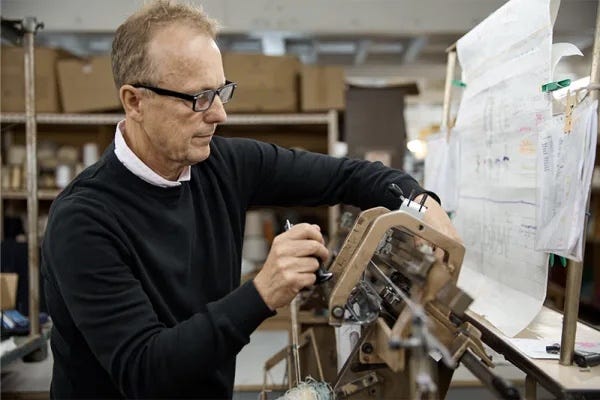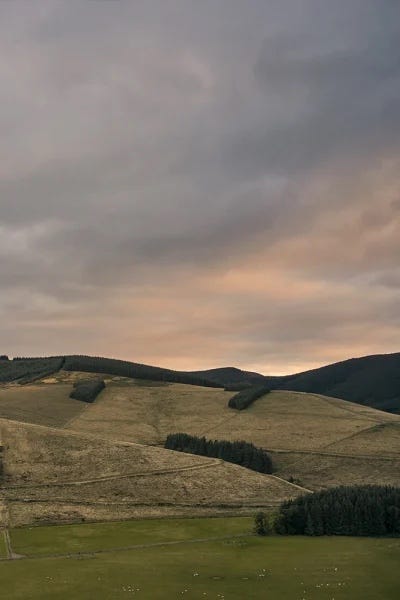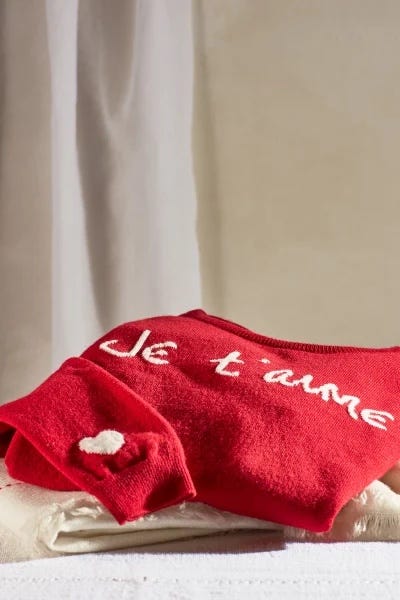The art of hand-intarsia
PEOPLE POWERED KNITWEAR
The craft of hand-intarsia is rooted in the local heritage of the Scottish borders, having been produced there for generations.
Against the idyllic rural backdrop of Innerleithen, hand-intarsia has been practised for more than 200 years. This traditional knitting technique, meaning 'inlaid by hand', is used to create intricate patterns with multiple colours; as with the woodworking technique of the same name, different colours of fabric appear to be inlaind within one another, fitting together like a jigsaw puzzle.
KNITWEAR POWERED BY PEOPLE.
To produce hand-intarsia, the yarn is laid by hand onto the needle bed of the 'dubied' knitwear machine, colour by colour, to create a clean, refined pattern. A dubied machine uses no electricity and is entirely human-powered.
By contrast, the large mechanical 'shima' machines that have automated the intarsia technique are programmed to knit automatically and will only able to produce simpler designs – machines could not compete with the work of the skilled craftspeople that realise our cursive, hand-scripted motifs.


It is an incredibly time-consuming process in which the detail and precision of our designs can only be achieved by hand.
Made in Scotland
In its heyday, the Scottish knitwear manufacturing industry employed more than 9,000 locals. Today, fewer than 1,000 people continue to work within the industry in Scotland - a symptom of the rise of mass production, when many of these jobs were lost to overseas competition.


In its heyday, the Scottish knitwear manufacturing industry employed more than 9,000 locals. Today, fewer than 1,000 people continue to work within the industry in Scotland - a symptom of the rise of mass production, when many of these jobs were lost to overseas competition.
When hand-knitting an intarsia, the maker has much more control over the piece as they can manipulate the stitches and have more control over each row. The item will be of a much higher quality with finer detail.
‘It begins with charting', Alan tells us, 'a process by which the pattern is first transferred onto a graph before knitting, and then finishing the garment by joining the panels together, washing, labelling and finally preparing for transport by road.’
GIVE WITH LOVE
Discover our edit of consciously made objects to give to loved ones - that includes gifts from you, to you.


